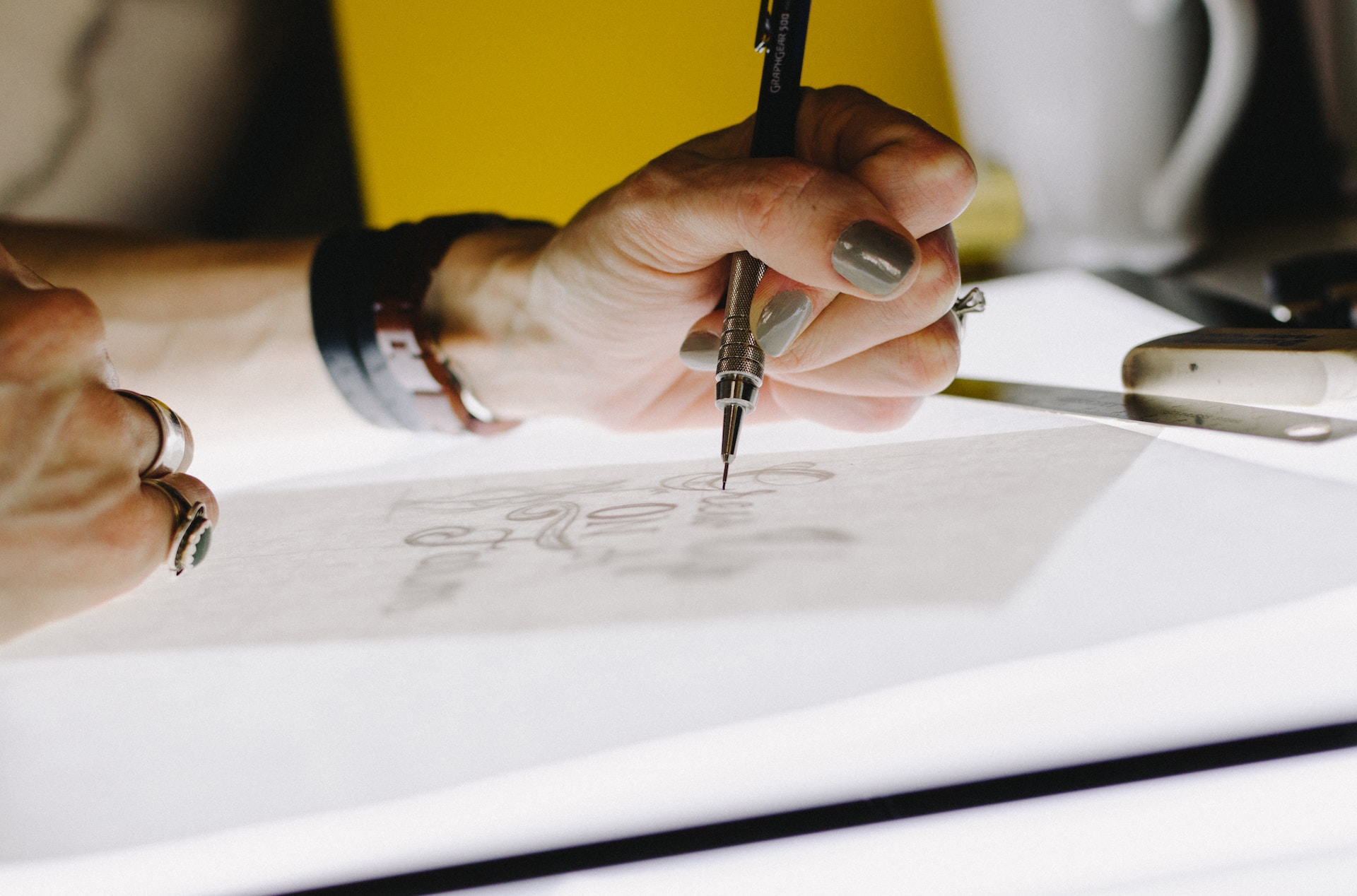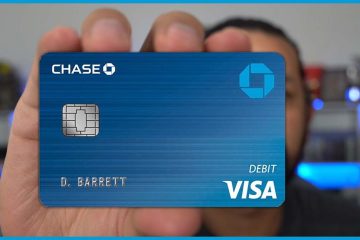To obtain a design patent, you need to file an application with the United States Patent and Trademark Office (USPTO) and meet the necessary requirements. The application must include detailed drawings, a description of the design, and the appropriate filing fees.
Additionally, it is important to conduct a thorough search to ensure that your design is novel and not already patented by someone else. By following these steps, you can successfully obtain a design patent for your invention.
Understanding Design Patents: What You Need To Know
Design patents play a crucial role in protecting innovative and unique designs in various industries. They provide exclusive rights to the inventor, ensuring that others cannot use, sell, or reproduce the patented design without permission. Design patents are granted for the ornamental features of an object, including its shape, pattern, and aesthetics.
One of the key features of design patents is that they focus on the appearance rather than the functionality of the invention. This means that even if the underlying technology or function is not new, a novel design can still be eligible for patent protection.
Obtaining a design patent offers several benefits, such as preventing competitors from copying the design, increasing market value, and establishing a strong brand identity. By understanding the basics of design patents, innovators can safeguard their unique designs and maintain a competitive edge in the market.
Researching Existing Designs: Prior Art Search
Researching existing designs is a crucial step in obtaining a design patent. It involves conducting a thorough search to identify any prior art related to your design. This search is important because it helps determine if your design is truly novel and non-obvious.
There are various online resources available for prior art research, such as patent databases, design journals, and industry publications. These resources provide valuable insights into existing designs and help you understand the level of uniqueness and inventiveness required for your design to qualify for a patent.
By conducting a comprehensive prior art search, you can ensure that your design patent application is strong and has a higher chance of being approved by the patent office.
Preparing Your Design Patent Application
Preparing a design patent application involves several essential aspects. The first step is gathering all the required documents and forms for submission. These documents typically include detailed drawings or photographs of your design, a written description, and any necessary supporting materials.
To ensure the accuracy and completeness of your application, it is recommended to hire a patent attorney who specializes in design patents. However, if you have a good understanding of the patent application process, you can choose to handle it yourself.
By following the guidelines provided by the United States Patent and Trademark Office (USPTO), you can increase your chances of successfully obtaining a design patent for your invention. Remember, a comprehensive and well-prepared application is crucial for a smooth patent application process.
Building A Strong Design Patent Application: Tips And Best Practices
Building a strong design patent application requires effective description of your design, detailed drawings, and visual representation. It is essential to defend and express the uniqueness of your design throughout the application process. By accurately describing the features and elements of your design, you increase the chances of obtaining a design patent.
Detailed drawings provide a visual representation, allowing the examiner to understand your design thoroughly. The visual representation should highlight the distinctive aspects that differentiate your design from existing ones. Defending and expressing the uniqueness of your design is important as it showcases the novelty and originality of your invention.
A well-prepared design patent application sets a solid foundation for successfully obtaining a design patent.
Submitting Your Design Patent Application: Steps And Procedures
Submitting your design patent application involves several important steps and procedures. First, you need to file your application with the USPTO. This is where you will provide all the necessary information and documentation. It’s crucial to double-check for any errors and make corrections as needed.
Additionally, you should be prepared to respond to office actions, which are requests for more information or clarifications from the USPTO. Understanding the examination process is another key aspect. Your application will be reviewed by an examiner, who will determine if it meets the necessary requirements for a design patent.
Finally, you will need to pay the necessary fees associated with the application. This ensures that your application is processed and considered for approval. Following these steps will help you navigate the process of obtaining a design patent successfully.
Reviewing Your Design Patent: Approval Or Rejection
Reviewing your design patent involves examining the timeline and potential delays that may arise. When responding to objections or rejections, it is essential to use strategies for overcoming common issues. This increases the chances of approval. Maximizing your chances means carefully addressing each concern raised by the patent examiner.
By carefully considering the objections and providing solid arguments, you can present a strong case for the design patent’s approval. It is crucial to craft a compelling response that addresses each objection individually and concisely. Additionally, ensuring that your design patent application meets all the requirements and guidelines set by the patent office is essential for a successful outcome.
Remember, a thorough and well-prepared response can significantly impact the approval process of your design patent.
Maintaining And Enforcing Your Design Patent
Maintaining and enforcing your design patent is crucial for its success. It is imperative to keep track of maintenance fees and deadlines to ensure the continued protection of your patent. By staying on top of these financial obligations and due dates, you can avoid the risk of losing your patent rights.
Additionally, it is necessary to be vigilant in identifying potential infringement of your design patent. Regularly monitoring the market and competitors can help you take swift action against those who violate your patent rights. Enforcing your patent rights is essential to protect your investment and prevent others from profiting off your unique design.
By taking these steps, you can safeguard your design patent and reap its benefits in the long run.
Filing International Design Patent Applications
Filing international design patent applications involves considering international protection, which can be done through the Hague System. The Hague System simplifies the process of seeking design protection in multiple countries. It is important to understand the differences between domestic and international filing when applying for a design patent.
In domestic filing, the protection is limited to the country of filing, while international filing expands the protection to multiple countries. By utilizing the Hague System, applicants can streamline the process and potentially save time and money. So, if you are looking to protect your design globally, it is crucial to familiarize yourself with the Hague System and the advantages it offers for international design patent applications.
Tips For Design Patent Success
Getting a design patent requires careful strategy to ensure success. One important tip is to keep your design confidential throughout the application process. This will help prevent others from copying your idea. Another crucial step is to document your design process thoroughly.
By keeping detailed records of your work, you can establish the originality and uniqueness of your design. Additionally, conducting periodic patent searches is essential. This will help you determine if there are any similar designs already patented, allowing you to make necessary adjustments to your own design.
Following these tips will greatly increase your chances of obtaining a design patent and protecting your intellectual property.

Credit: 99designs.com
Frequently Asked Questions Of How To Get A Design Patent
How Much Does It Cost To Get A Design Patent?
The cost to get a design patent varies but typically ranges from $1,500 to $15,000.
How Hard Is It To Get A Design Patent?
Getting a design patent can be challenging, but it is not impossible.
Who Is Eligible For Design Patent?
Individuals who have created new, original, and ornamental designs for an article are eligible for design patents.
Can A Design Be Patented?
Yes, a design can be patented to protect its unique appearance and aesthetic features.
Conclusion
Getting a design patent can be a complex process, but by following the necessary steps and guidelines, you can protect your unique designs and prevent others from copying them. Firstly, it’s crucial to conduct a thorough search to ensure that your design is original and doesn’t infringe upon existing patents.
Next, you’ll need to prepare and file a detailed design patent application, including accurate drawings and descriptions. Working with a qualified patent attorney can greatly simplify this process and increase your chances of success. Once your application is submitted, it will be examined by the relevant patent office, and if approved, your design patent will be granted.
Remember, obtaining a design patent can provide legal protection and add value to your designs, so it’s well worth the effort. With proper research, preparation, and professional guidance, you can secure your design and ensure its exclusive rights in the market.




